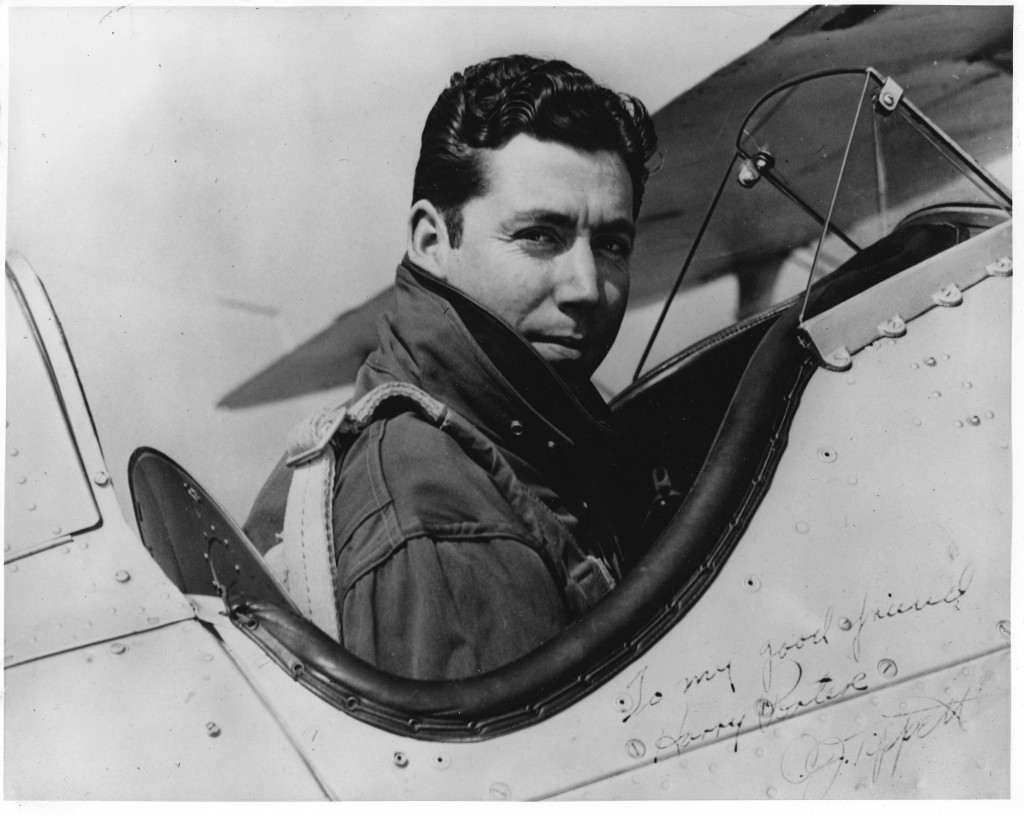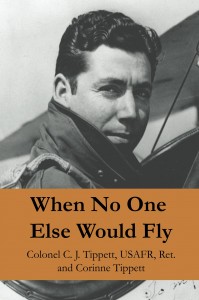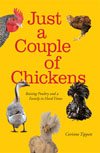Finishing a book is an enormous accomplishment.
I was so psyched to have actually finished that it felt like I had achieved the top of Everest.
And like the top of Everest… after a couple of hours of admiring the view, I began to think about what came next.
Because finishing the book was half the journey.
I began to submit my manuscript to traditional publishers and immediately realized that… even if I was one of the very few authors who got a book deal with my first book, it was going to be a long time before my book was on the shelf… and my book was a timely story about economic collapse, family, and chickens. I wanted to get it into stores NOW.
So I began to think about self publishing and immediately realized that… producing my own book was going to require an enormous amount of my own time and a steep learning curve.
So I looked into the services of companies offering to give me an ISBN number for free and manage most of the work for several hundred dollars and not-so-immediately realized that… I had to make smart decisions to protect the rights of my book.
One step at a time, I put in the time and climbed the steep learning curve and self published my book, and it did sell. I consider it a continuing success. Now I’m rolling out my second book… and here is my answer to the question of whether an author should self publish a book.
Do you have basic or intermediate computer skills and equipment – and a willingness to learn new computer skills?
If you do, consider self publishing.
If you do not, consider submitting to traditional publishers or subsidy presses.
Do you intend to write more books and eventually make as much of a living as a writer as you can ?
If you do not, then the effort and time required to produce one book might not be worth it.
If you do, once you’ve set yourself up to self publish one book, doing more books is very efficient.
Do you have a use for the skills you will learn in addition to producing your own books?
If you don’t intend to use these skills for publishing more of your own books, or publishing other people’s books, or hiring yourself out for employment, or using these new skills for current employment, then it might not be worth the investment of time and learning. Your time might be better spent writing writing writing, and paying for the publication services.
If you’ve got only one book in your heart and you just want copies to pass around to family and friends, then go through a vanity press.
If you’ve got the next Harry Potter in your heart and you can wait and you know your time is better spent writing, submit to traditional publishers and never give up.
If your readership is a niche market and you know your book will sell and you are up for the climb (including the climb down) then roll up your sleeves and self publish.






